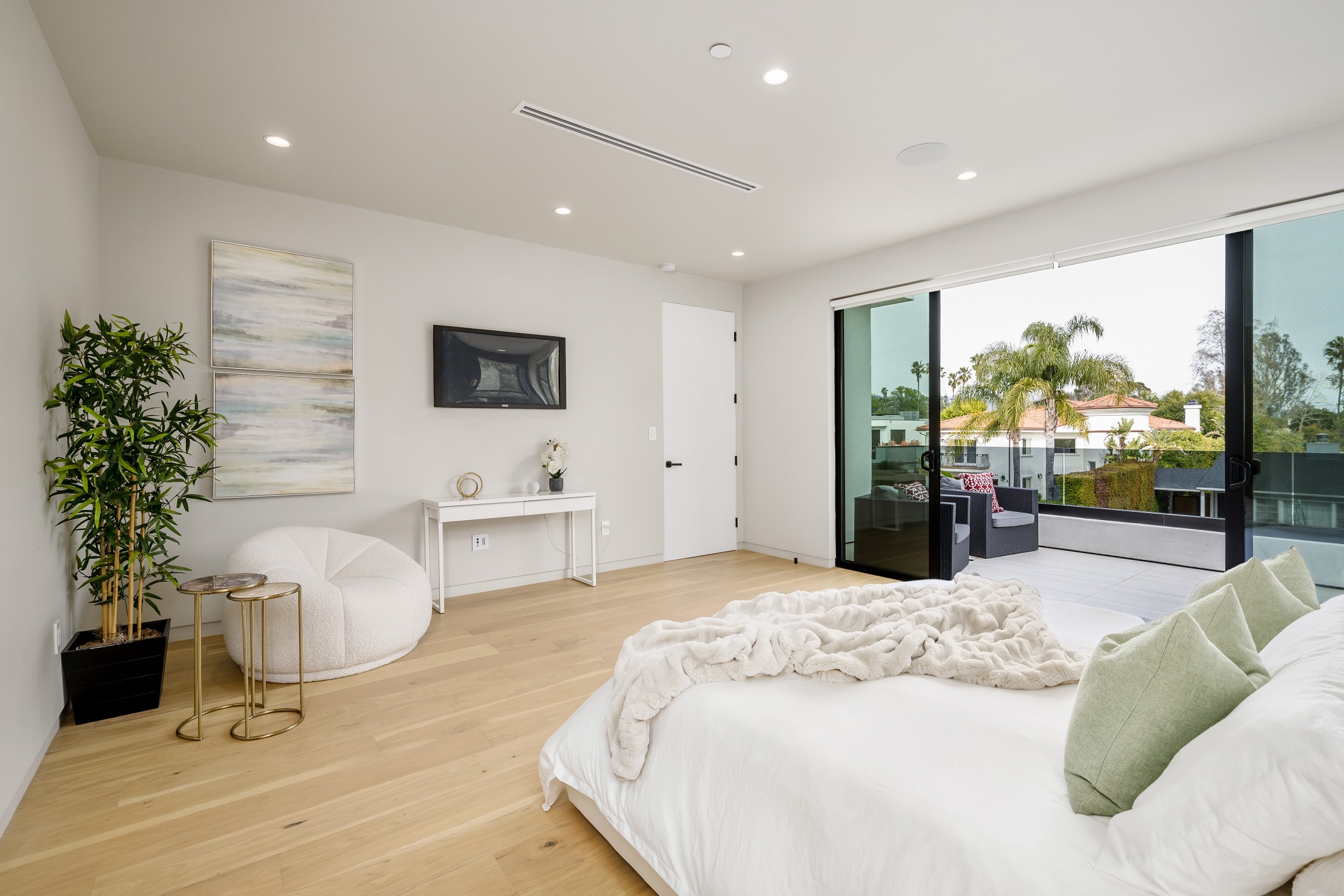When it comes to enhancing your home's functionality and style, sliding windows are a top choice. Their sleek design, ease of use, and ability to bring in natural light make them a versatile option for various spaces. To discover the best locations for sliding windows, it’s important to consider areas where natural light, ventilation, and unobstructed views are most beneficial.
Whether you're looking to brighten up a living room, create better airflow in your kitchen, or enjoy uninterrupted views from your bedroom, sliding windows can transform the ambiance of any area. The key is knowing where they work best to complement your home's layout and your lifestyle.
What Are Sliding Windows?
Sliding windows are horizontal window units with sashes that glide along a track. Depending on the design, one or both sashes can move, allowing for easy opening and closing.
Known for their large glass panels, sliding windows maximize natural light and provide clear, unobstructed outdoor views. The wide openings enhance ventilation, making them ideal for spaces needing better airflow.
Common materials include aluminum, vinyl, and wood. Aluminum is lightweight and durable, vinyl offers energy efficiency, and wood provides a classic look. Features like double-pane glass, Low-E coatings, weatherstripping, and smooth gliding mechanisms ensure functionality, insulation, and minimal maintenance.
Key Features of Sliding Windows
Sliding windows combine aesthetic appeal and practicality, offering an ideal solution for various architectural needs. Their features ensure convenient use, versatility, and modern elegance.
Space-Saving Design
Sliding windows operate horizontally, saving space by eliminating the need for outward or inward openings. This makes them ideal for compact areas like hallways, bathrooms, or balconies. Their streamlined design allows furniture or décor placement near the window without obstruction, ensuring both functionality and accessibility.
Clean and Modern Aesthetic
With large glass panels and minimal framing, sliding windows maximize natural light and provide unobstructed outdoor views. Their sleek lines suit contemporary and traditional styles, creating a seamless indoor-outdoor connection. Available in materials like aluminum and vinyl, they enhance any design theme while maintaining a clean, uncluttered look.
Ease Of Operation
Sliding windows glide smoothly along tracks, requiring minimal effort to open or close. They feature simple locking systems for security and weatherstripping to prevent drafts, improving energy efficiency. With fewer moving parts, they are low-maintenance and consistently reliable for everyday use.
Best Locations for Sliding Windows
Sliding windows enhance natural light and airflow, making them suitable for a variety of spaces. Their versatility allows them to complement different areas while maximizing functionality and style.
Living Rooms and Lounges
Sliding windows in living rooms create a bright, open atmosphere with unobstructed outdoor views, ideal for spaces facing gardens or scenic landscapes. They provide natural light, reducing the need for artificial lighting during the day, and improve ventilation with their horizontal operation. For added privacy, consider textured or tinted glass to maintain discretion without sacrificing light.
Kitchen and Dining Areas
Sliding windows enhance kitchens and dining rooms by improving airflow and reducing heat buildup from cooking. Placed over counters or sinks, they are easy to operate and save space. In dining areas, they allow fresh air and natural light to create a pleasant ambiance. UV-resistant coatings can protect furniture from sun damage, while stylish window treatments add practicality and flair.
Patio and Balcony Openings
Connecting indoor spaces to patios or balconies, sliding windows provide a seamless indoor-outdoor transition with expansive glass panels for maximum visibility. For insulation and noise reduction, double-glazed glass is ideal, especially in urban areas. Match window frames to your home’s design for a cohesive look, enhancing both aesthetics and comfort.
Bedrooms and Dressing Areas
Sliding windows in bedrooms offer better ventilation and natural light, contributing to a healthier and more relaxing environment. Position them for privacy, facing fenced yards or non-street views. In dressing areas, frosted glass or films add privacy while allowing sunlight, reducing the need for artificial light. Noise-reducing options are great for restful sleeping areas.
Factors to Consider When Choosing Locations
Selecting the right locations for sliding windows involves balancing practical needs with aesthetics. Key considerations include climate, privacy, and harmony with your home’s design.
Climate and Ventilation Needs
Install sliding windows in areas requiring better airflow and natural light, such as kitchens or outdoor-facing rooms. In warmer climates, place them in shaded areas to promote ventilation without overheating. For colder climates, prioritize energy-efficient glazing to retain warmth and reduce drafts.
Privacy Concerns
Strategically place sliding windows to balance openness and privacy. Use frosted or tinted glass for bedrooms and bathrooms, and add blinds or curtains for street-facing areas. For urban settings, soundproof options minimize noise while maintaining privacy.
Aesthetic Harmony
Choose sliding windows that match your home’s architectural style. Aluminum suits modern designs, while wood complements traditional aesthetics. Align window placement with patios or gardens to connect indoor and outdoor spaces seamlessly, ensuring the windows enhance rather than overwhelm your home’s design.

